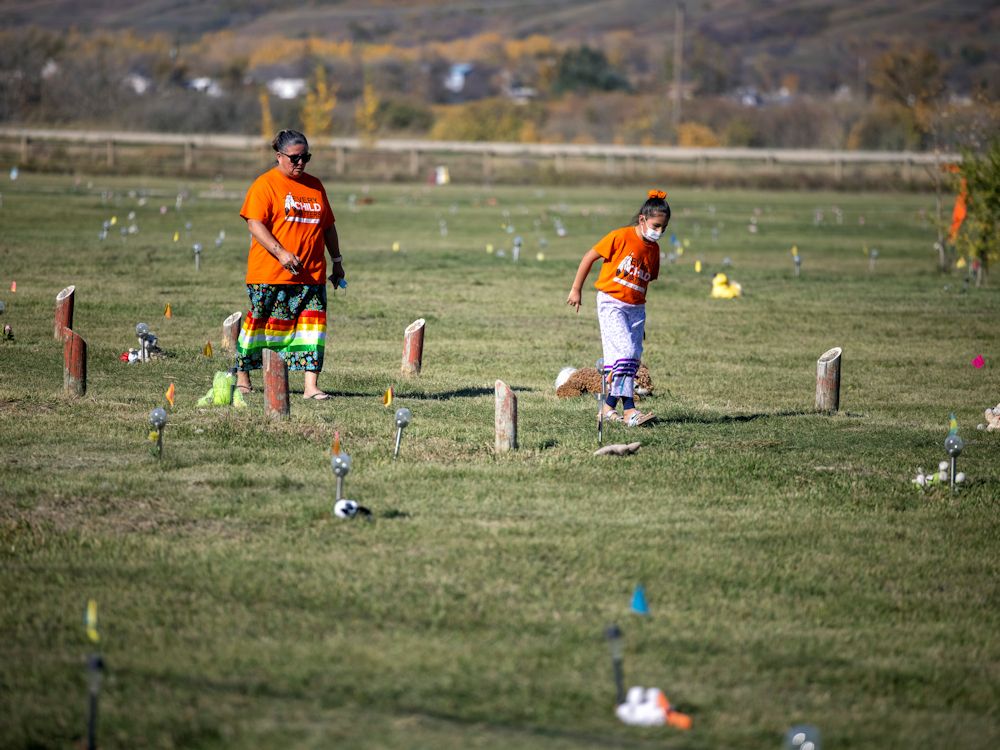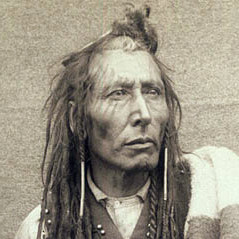Rarely do I find a reasonably balanced story on NatPo…
But I’m involved in this story – I’m a GPR expert and many of my systems are surveying these sites. I largely agree with this article. The narrative and reality diverged.
This article highlights why I’ve been pedantically correcting everyone that uses the term “mass graves”. “Unmarked graves” ≠ “Mass graves”, and it conjures an image of an atrocity that doesn’t match what happened in Canada. Predictably, now you are getting the “backlash” against a narrative that no one directly involved pushed.
We knew there are unmarked graves before GPR was even used. There is extensive documentary evidence. Some of the old grave sites are even known, and most of those graves were marked, but the markers were wooden and long since decayed. Specific records of who specifically each grave belonged to has often been lost as the schools closed down.
To quote the Bryce report:
I believe the conditions are being deliberately created in our residential schools to spread infectious diseases… The mortality rate in the schools often exceeds fifty percent. This is a national crime.
Dr. Peter Bryce wrote that in 1922. IIRC that was when he self published his report that had been commissioned years before. Those dead children were being given burials in school graveyards. The gravediggers and pallbearers were their classmates. Those graves are somewhere on school grounds, but many/most are lost to time. This is what is being looked for.
It was a much more “Canadian” genocide, more polite, less shooting. It was all very unfortunate you see, but it was important that these children learn English, Christianity, and Civilized Ways. Good job skills. Every death was a tragedy, but it was all necessary to “Kill the Indian and Save the Child”. of course, should be obvious but Poe’s Law demands it.
I disappointed but unsurprised that now the conflation of unmarked graves with mass graves is being used to downplay the tragedy.
I hadn’t realized, yet am completely unsurprised, that we did such a bad job of listening to what Indigenous people actually said. 😞 Thank you for sharing this.
Bad job of listening, or getting caught between the many people skewing the messaging in order to promote their own agendas?
Both my parents attended residential schools in northern Ontario.
The debates and discussions about this subject by those that didn’t experience these events or lived with the stories told first hand by those who actually lived through it all is aggravating to read. It is a constant debate between academics who have an agenda to either discredit, diminish or dismiss this history.
There are many graves out there … some could be right next to the schools, some near the churches, some in public cemeteries. Everyone that I know that lived through it all know that many children died needlessly in one way or another and were buried either publicly, secretly or by the families themselves in unmarked graves in the wilderness. All of them died because of these damned schools.
The story written by this rightwing rag newspaper failed to include an actual government report in 1907 that detailed how prevalent childhood death was occurring in these schools and even after the government received these reports, didn’t want to do anything about it.
https://definingmomentscanada.ca/bryce100/
2022 marks 100 years since the publication of The Story of a National Crime: An Appeal for Justice to the Indians of Canada, written by Dr. Peter Bryce. Bryce based this significant report on an unreleased survey he had conducted several years earlier of 35 residential schools at the request of the Department of Indian Affairs. At the time, Bryce had served as Chief Medical Officer of the Department of Indian Affairs. Previously he’d been an official of the Ontario Health Department and made a reputation for himself as a pioneer of public health and sanitation policy in Canada.
Dr. Bryce submitted his original report in 1907, Report on the Indian Schools of Manitoba and the Northwest Territories. It detailed the poor health conditions at residential schools in the Prairie provinces. By this point, Dr. Bryce had already submitted recommendations that hospitals be set up on or near reserves to combat the alarmingly high rate of death due to tuberculosis (TB). Indigenous peoples were dying of TB at a rate almost 20 times higher than that of non-Indigenous persons. Dr. Bryce also pushed for better sanitation in residential schools.
Dr. Bryce’s 1907 report highlighted the staggering death rates at the schools. At one institution, the File Hills Colony residential school in Saskatchewan, the physician found that 69% of students who had attended the school had died either while there or shortly after – almost all from tuberculosis. He concluded that these deaths resulted from the poor conditions and lack of sanitation within the schools. His report made it clear that the federal government was directly responsible for the appalling living conditions.





